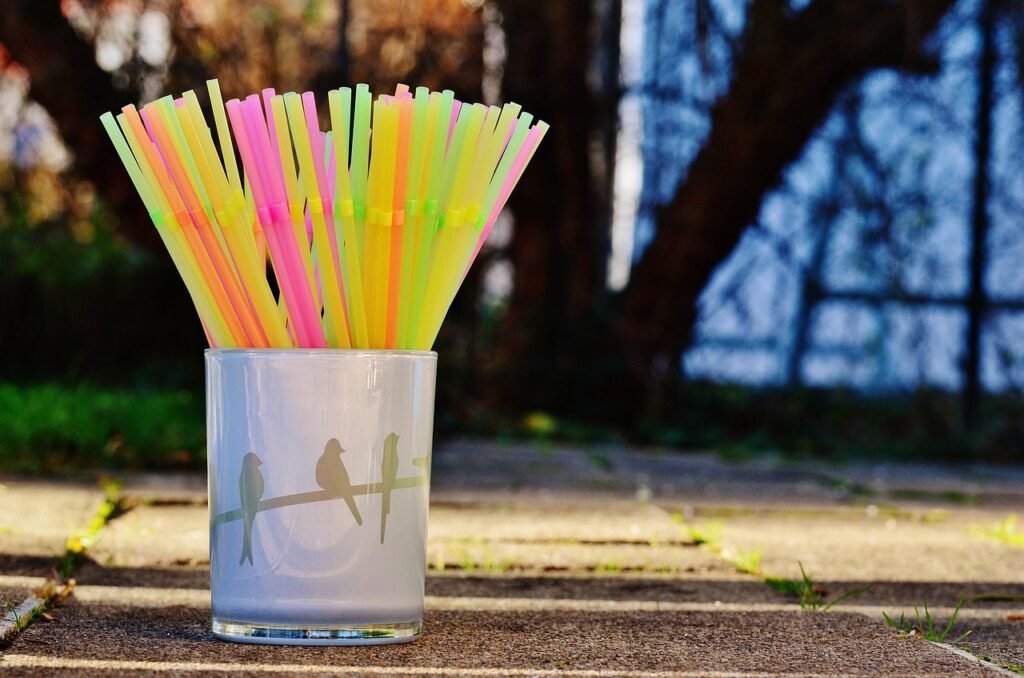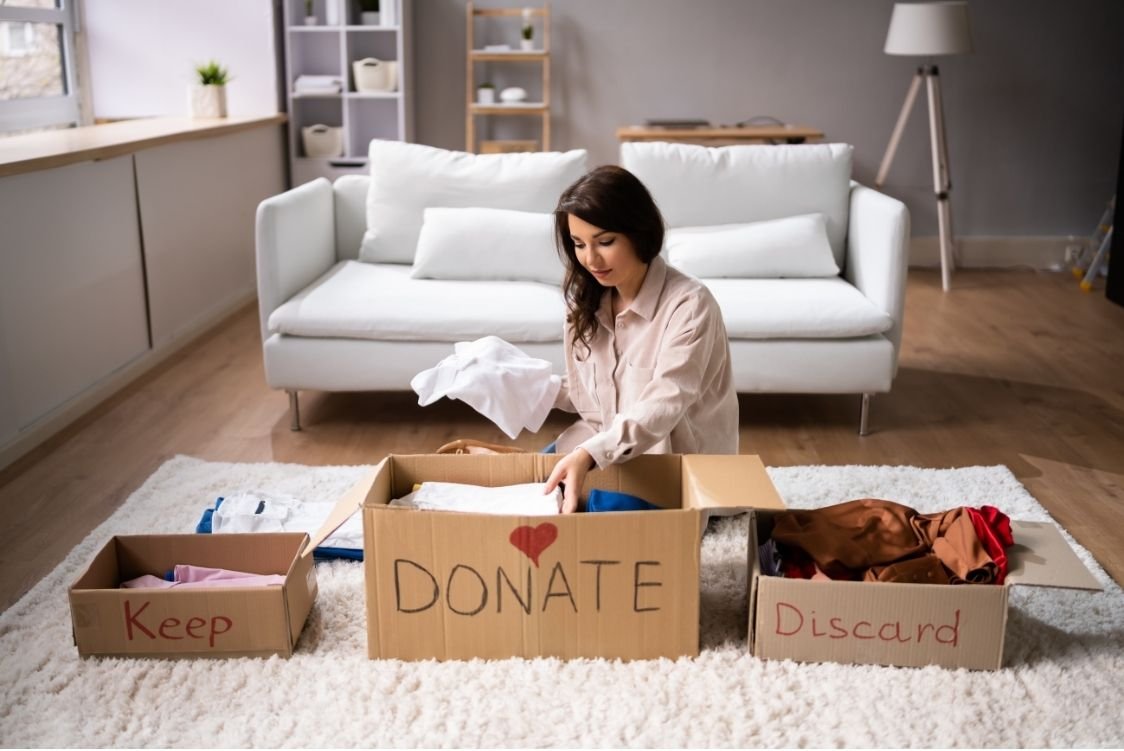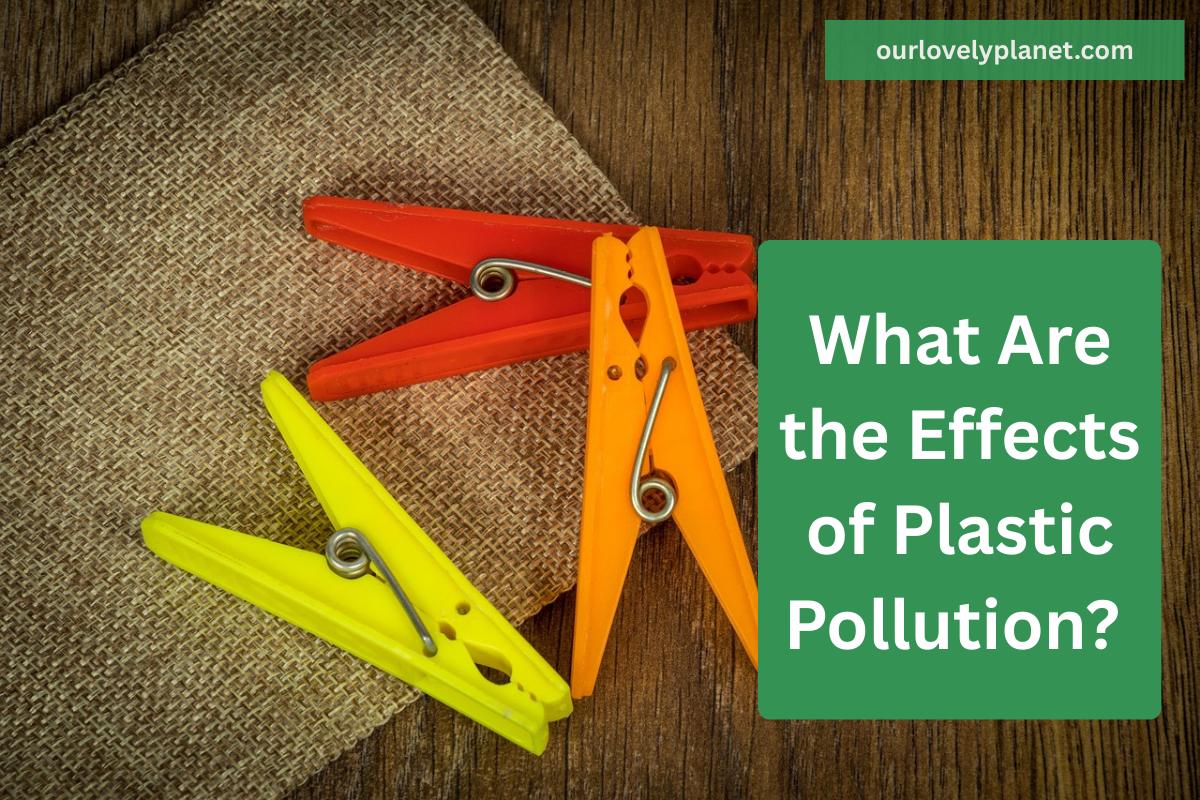Plastic is choking the planet. It’s in the oceans, rivers, rain, soil, and even inside our bloodstreams. Yes, you got that right!
Every year, over 430 million tons of plastic are produced globally. And here’s the worst part: More than half of that is designed for single use.
What happens next? 11 million tons end up in the ocean annually — as per Ocean Conservancy.
And just so you know how much waste 11 million metric tons translates to, it’s a garbage truck’s worth dumped into the sea every single minute.
Predictions suggest that if we don’t break the trend, by 2050, there could be more plastic in the ocean than fish.
In this blog post, we explore some of the tips that we can deploy to effectively minimize plastic pollution.
15 Effective Ways To Reduce Plastic Pollution
With the devastating effects of plastic pollution, we can’t afford to look away. The world doesn’t need perfection. It needs action.
Here’s exactly where to start.
1. Refuse Single-Use Plastics
This is ground zero. Say no to straws, cutlery, plastic bags, coffee lids, and water bottles.
50% of the world’s plastic waste is single-use. It’s used for minutes, but it lingers on our planet for centuries.

In fact, as revealed in our previous article How Long Does Plastic Take To Decompose?, the material never really disappears. It just breaks down into toxic microplastics that invade soil, water, and our food chain.
It takes guts to say, “No thanks, I don’t need a straw” in a world obsessed with convenience. But every small refusal adds up. The more we reject it, the harder it is for businesses to ignore.
2. Carry a Reusable Bottle
One million plastic bottles are purchased worldwide every minute. Most are used once and dumped, adding to the mountain of waste we can’t handle.
A reusable bottle is one of the simplest zero-waste tips you can adopt. Stainless steel and glass bottles last years. One bottle can replace 167 disposable bottles a year.
Imagine a city of one million people making that switch. That’s 167 million bottles saved, every single year. That’s how movements start.
3. Use Cloth or Tote Bags
We consume 5 trillion plastic bags globally each year. That’s 160,000 bags a second, a number too big to picture. Most are used for a few minutes, then tossed, ending up in landfills, rivers, or drifting through cities like toxic tumbleweeds.
Turtles eat them, mistaking them for jellyfish. Birds feed them to their chicks. Fish swallow them. And the plastic doesn’t just disappear; it comes back to us.
Carrying a reusable cloth bag is resistance. It’s a small, quiet rebellion against a throwaway culture. Keep one in your backpack, car, or pocket. Make it a habit.
4. Ditch Plastic-Wrapped Produce
Ever wondered why a banana needs shrink wrap? Why an avocado is sealed in plastic? It makes no sense.
Packaging makes up 40% of all plastic waste. That’s billions of wrappers, bags, and trays, most of it impossible to recycle. A lot of it ends up smothering rivers, fields, and seas.
Choose loose produce. Shop at farmers’ markets or stores with paper or compostable options. When consumers reject plastic-wrapped food, stores notice. Some supermarkets have already started plastic-free aisles, a good proof that people have power.
5. Switch to Bar Toiletries
The average American uses 11 shampoo bottles a year. Multiply that by millions of people, and it’s easy to see how plastic fills landfills so quickly.
Solid shampoo bars, conditioner bars, and bar soaps are waste-free alternatives. They last longer, require less packaging, and often contain fewer chemicals. Some brands even offer compostable or plastic-free shipping.
550 million shampoo bottles are trashed annually in the U.S. alone. A simple bar can rewrite that story. Your bathroom can be part of the solution, not the problem.
6. Say No to Fast Fashion
Your wardrobe might be polluting the planet.
35% of all microplastics found in the ocean come from synthetic textiles like polyester, nylon, and acrylic. Every time you wash them, tiny plastic fibers shed, slip through water treatment plants, and enter rivers, oceans, and food chains.

Fast fashion feeds this crisis — cheap clothes, made fast, worn briefly, and discarded. Opt for quality over quantity. Natural fibers like organic cotton, hemp, or linen don’t shed plastic. Buy second-hand, repair what you have, or swap clothes with friends. Less is more.
7. Use Refillable Containers
It’s time to break the single-use cycle. Coffee cups, takeout boxes, and deli containers, all pile up fast.
One reusable container can replace 100 disposable ones every year. Bring your own jars, tins, or tubs to bulk stores, farmers’ markets, and local takeaways. Most places welcome it.
Refill stations are popping up everywhere. You can now buy everything from peanut butter to olive oil without a scrap of plastic. The less packaging we use, the less we need to clean up.
8. Switch to Beeswax Wraps
Plastic wrap is one of the most wasteful kitchen items. It clings to food for a day, then sticks around in nature for hundreds of years.
Beeswax wraps are a game-changer. They’re reusable, washable, and naturally antibacterial. They wrap sandwiches, fruits, veggies, and leftovers perfectly without the plastic waste.
In a lifetime, one household can avoid thousands of meters of plastic wrap just by switching to reusable covers. Little choices, big difference.
9. Support Plastic-Free Brands
Your dollars are votes. Spend them wisely.
Brands moving away from plastic deserve our attention. Look for packaging made from glass, aluminum, paper, or plant-based materials. Support refill systems or companies offering take-back programs.
In 2023, plastic-free companies saw a 34% increase in demand. This is people-power in action. The more we support these brands, the louder the message.
10. Recycle — Properly
Recycling alone won’t save us. But when done right, it helps.
91% of plastic ever produced hasn’t been recycled, as per National Geographic. Why? Contamination, confusion, and broken systems. Dirty packaging can spoil entire batches.
Learn your local recycling rules. Clean items properly. Sort plastics correctly. Recycling should be a last resort, but while we phase out plastic, it matters.
11. Join Clean-Up Movements
Trash doesn’t pick itself up. Beaches, parks, rivers, and neighborhoods need hands.
In 2022, volunteers collected over 23 million pounds of waste in one day globally. Most of it was plastic. Cigarette butts, bottles, wrappers, and bags dominated the haul.

Clean-ups shift more than litter. They shift minds. They start conversations. They reconnect us with the spaces we often take for granted. Join one. Or start your own.
12. Avoid Plastic-Freebies
Freebies come with a hidden cost.
Pens, balloons, disposable toys, giveaways; all these are cheap junk that ends up as litter. Once it breaks (and it will), it joins the millions of tons of waste choking landfills and oceans.
Say no. Kindly but firmly. A zero waste lifestyle is about intention, not clutter. Refusing pointless freebies is an easy, powerful step.
13. Buy in Bulk
Buying in bulk reduces packaging waste dramatically.
It’s not just about food. Cleaning products, toiletries, and dry goods are increasingly available in bulk refill stations. Bring your jars, cloth bags, and bottles.
A family that switches to bulk shopping can prevent hundreds of pounds of packaging waste per year. Less packaging. Less money spent. Less trash.
14. Advocate
Change spreads fastest when people speak up.
Ask your favorite cafés, stores, and workplaces to ditch plastic straws, bags, or lids. Support bans and environmental campaigns. Push local leaders for better recycling, refill stations, and zero waste policies.
Movements start with conversations. Use your voice. The world changes when people stop being silent.
15. Track Your Progress
Measure your wins.
Count how many bags you refuse. How many bottles you swap. How many straws you skip. It adds up. Ten million people halving their plastic waste would stop over 8 billion pounds of pollution each year.
Seeing your progress keeps you motivated. And motivation turns habits into movements.
Final Thought
Plastic pollution is brutal, relentless, and entirely human-made. But it’s not hopeless. Every straw refused, every bag declined, every bottle swapped, it all counts.
You don’t need to be perfect. You just need to start.
Small, daily actions, multiplied by millions of people, will change the world. And it starts with you.




One thought on “How To Reduce Plastic Pollution — 15 Ways”